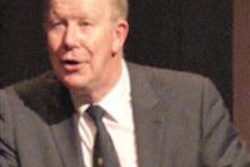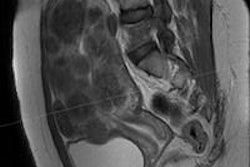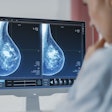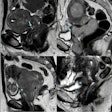Dear Women's Imaging Insider,
It's a question that comes up often: What can be done about scanning women with dense breasts? The Swedes have an answer to that: Add automated breast ultrasound (ABUS). But how well does it perform and what does it do to the recall rate? All of that and more are answered in today's story.
In another article about ABUS, researchers from Germany, the Netherlands, Belgium, and Japan developed an image quality assessment system for ABUS that looked for three common artifacts. The tool revealed excellent sensitivity for detecting image shadowing and other common artifacts. Find out more.
If a patient has uterine fibroids and wishes to become pregnant, she usually has to undergo surgery, specifically myomectomy. However, the minimally invasive interventional procedure of uterine fibroid embolization has a lower complication rate and a comparable fertility rate to myomectomy after treatment. Read more.
Radiologists are understandably concerned about turf wars, but new research from Australia puts a positive spin on things. Radiographers can help enhance the accuracy of breast screening programs and increase the detection rates for breast cancer and calcifications. That's a good thing, isn't it? Let us know about your own thoughts and experiences in the comments.
Also in your Women's Imaging Community, the Dutch have some things to say about recalls in breast cancer screening. When transitioning from film-screen mammography to full-field digital mammography, going digital increases the number of repeated recalls for the same mammographic abnormality. Not much research had been done on this topic -- it was assumed fewer women experience a repeated recall for the same lesion after the transition to digital. Now the issue has come to light.
Last but not least, one of our most popular recent stories also originates from the Netherlands. Researchers advise zooming out when looking at malignant breast tumors. In fact, they found that some tumors missed by breast screening radiologists can be detected from 1.5 m away! Learn more.
There are more articles in the Women's Imaging Community, so be sure to head on over there or scroll beneath this message. As always, I enjoy hearing from you, so contact me at any time.



















